Pugs Breed
We will talk about the problem which may encounter a pug. Just like any other kind of dog, pugs are not without problem, so we will try to bring them closer to you. Breathing problems, like air gulping, can be produced because of their shortened muzzle. This can lead to many other problems if it occurs in more humid and hot climate areas, so remember this, when you are considering to buy an air conditioning device. It may be very important for your pug.
The mentioned shortened muzzle, also called brachiocephalic, causes breathing problems, heavy panting and wheezing. If your dog is suffering from heat distress, you can cool him with cold water and then take him to the veterinarian office. He may perform a cooled water enema in order to eliminate the mentioned problem. This treatment will normalize the temperature. There are ice collars available and they may be good answer for the heat distresses.
The problems as bulging eyes and abnormalities of eyelids and eyelashes are possible. When the eyes bulge, they can be scratched. Also, their undershot jaw can be the cause of some gum and tooth troubles. Mouth tumors are a possible danger, so get your pug to the veterinarian for mouth examination regularly. This may prevent the future problems. Remember that your dog also has to brush teeth, so do this every day in order to eliminate the chances of gum problems. We will give you several possible problems pugs may suffer from.
Problems
The curled snout and flat face may cause some breathing problems. Pugs will snuff, snort and snore. This has to be treated by a professional. This breed of dog can have some problems with anesthesia when they undergo a surgery. We have mentioned the heat as a possible problem. The heat can produce exhaustion and serious illness. Panting will not remove this problem. Remember that you have to make sure your pug always has enough of water and keep the outdoors walks short. There are some allergens which pugs cannot tolerate. When this happens, they will experience itchy ears and paws. Skin spots can also occur. Fleas and mites can also be responsible for allergies, so be aware of them.
- This type of noise, termed 'stertor' is caused by the elongated and thickened soft palate. The caudal tip of a normal length soft palate should barely touch the epiglottis, so that when the dog pants with an open mouth, the airway is open. However, the soft palate in affected dogs is too long and extends into the opening of the airway (larynx).
- Laryngeal collapse is considered a secondary lesion that may appear as a consequence of leaving primary lesions (e.g., elongated soft palate and narrow nostrils) untreated. Laryngeal collapse can be temporary and dynamic. During inspiration, the cartilaginous structures are drawn into the tracheal opening. When this phenomenon has happened for an extended period of time, the cartilaginous structures lose rigidity and laryngeal collapse may become permanent.
- The narrowed nasal cavity results in an increase in negative pressure within the airway lumen, which causes soft tissue vibration and noise. This type of noise may be accompanied by nasal flaring, where muscles around the nose contract during nasal breathing. You may also hear a simultaneous, low-pitched and/or high pitched noise.
- Reverse sneezing is a common event in brachycephalic dogs, the actual causes of the episode are unknown but it is likely to be related to the elongated soft palate that irritates the throat. Episodes of reverse sneezing usually last from a few seconds to one minute. Usually as soon as it passes, the dog breathes normally again. Reverse sneezing rarely needs treatment. Sometimes, after upper airway surgery, reverse sneezing will stop or decrease in frequency. However, for dogs that have turbinectomy surgery, the frequency of episodes might increase until the tissue debris has been cleared out.
- Eating difficulties are commonly seen in BOAS-affected dogs. The opening of the oesophagus is located dorsal to the airway opening and behind the soft palate. In BOAS-affected dogs, the excessive pharyngeal folds and the elongated soft palate may impede the swallowing function.
Surgery
Since, their snout causes the breathing problems, a certain surgery can remove this problem. This is a simple and minor operation, which will clear the air passages without any problems. The anesthesia is given for this surgery, along with antibiotics, which will prevent infections. Veterinarian may also give some pain medications for the several days after the surgery.


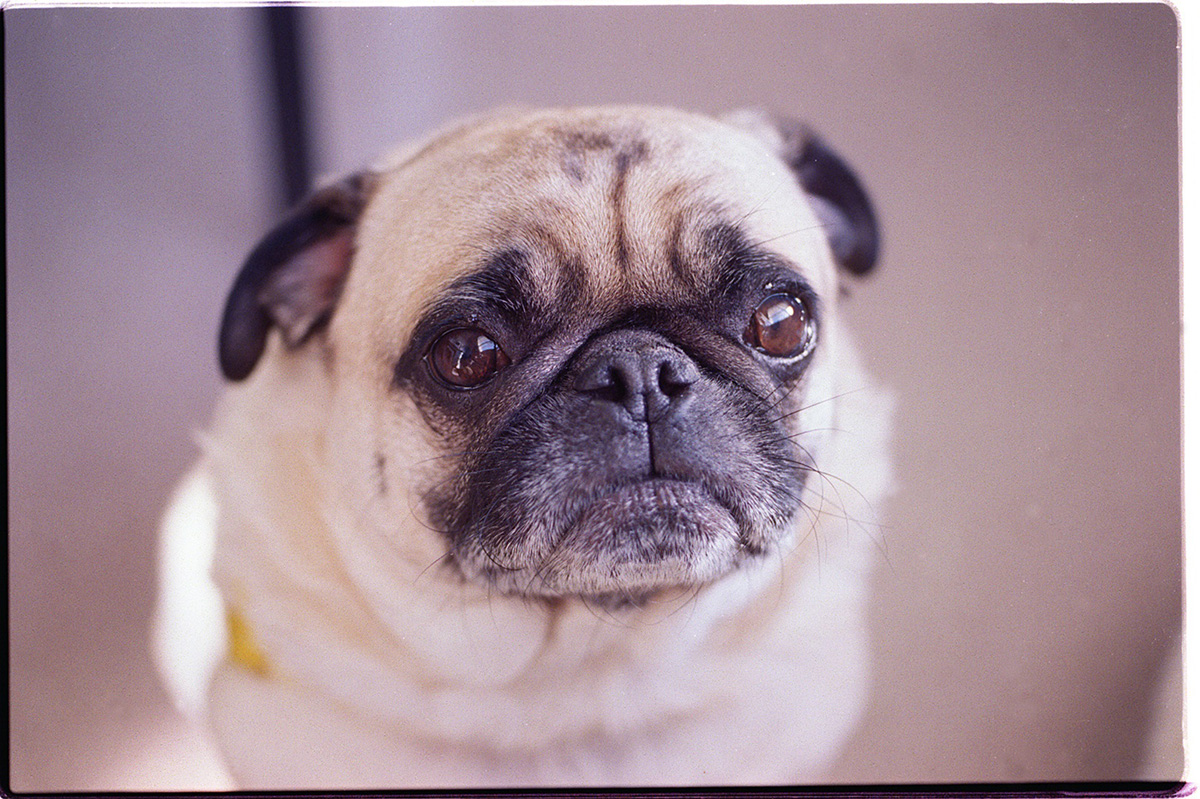
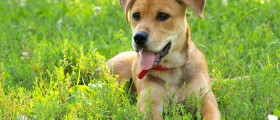
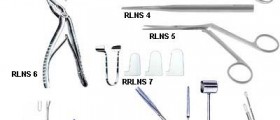

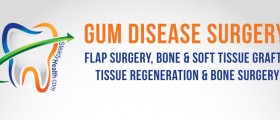
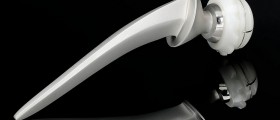



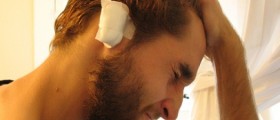


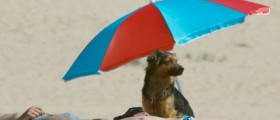


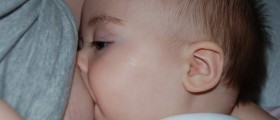
Your thoughts on this
Loading...